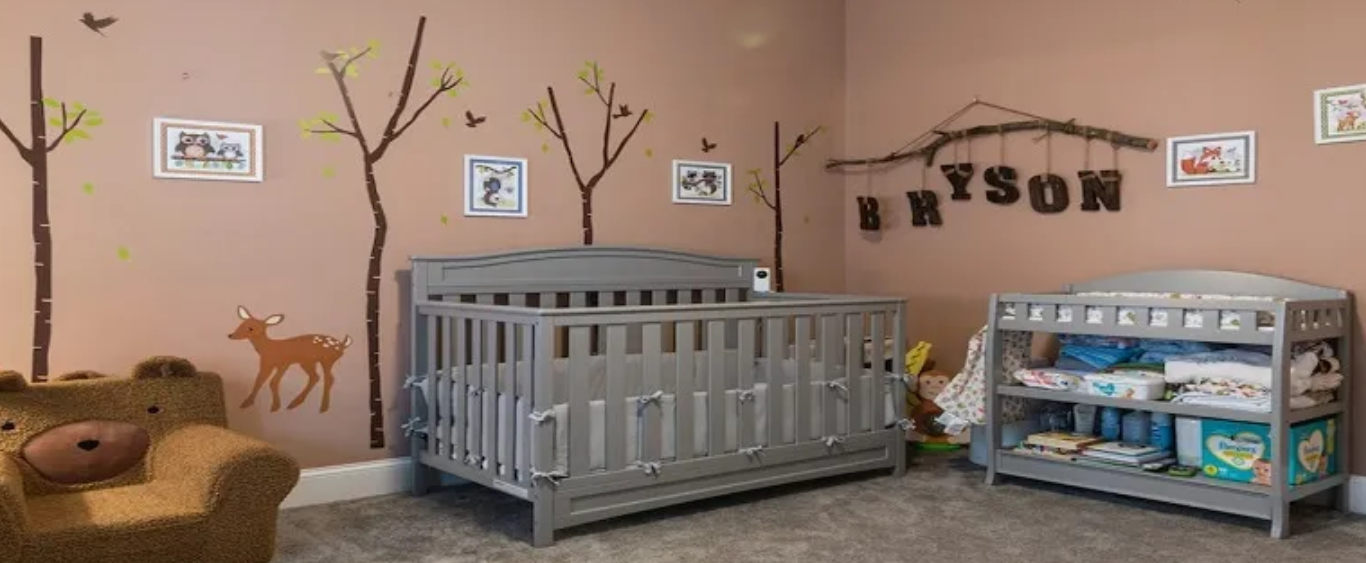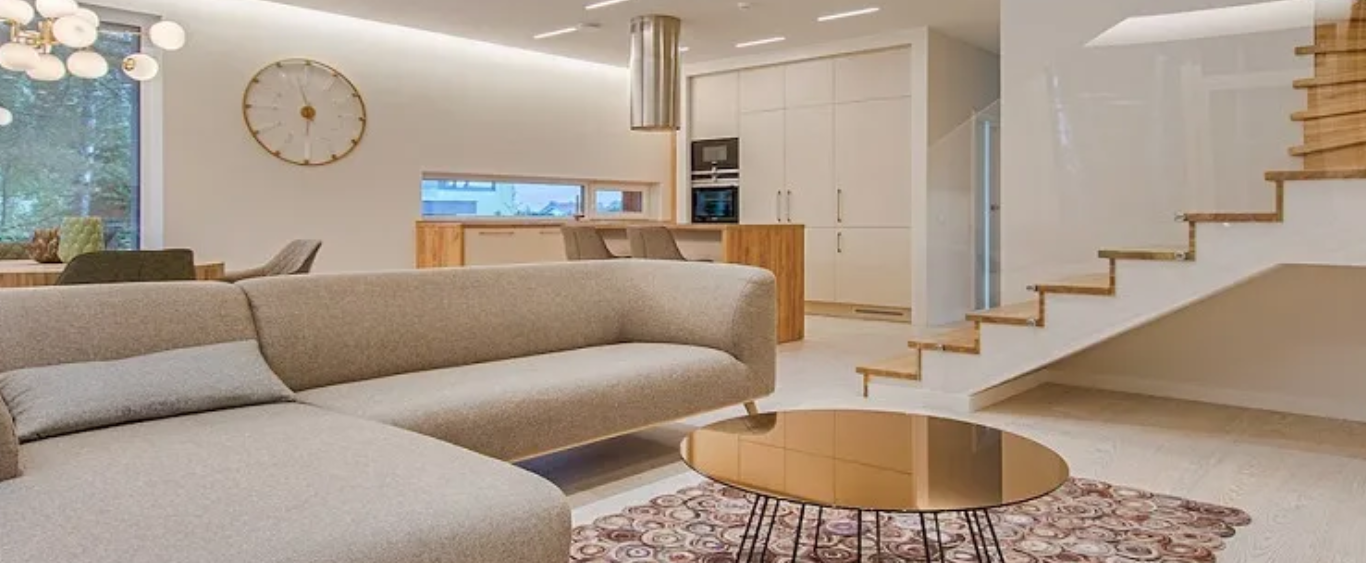Cross Ventilation
Cross ventilation helps draw cool air in and push stale or stagnant, hot air out of your home. This form of ventilation drives air from openings at one side of your home through to the other. The success of cross ventilation depends on the tightness of the building envelope and the positioning of the openings.
Cross ventilation has significant benefits: maintaining minimum air quality, removing heat and other pollutants and facilitating air movement to enhance environmental comfort. Proper cross ventilation in a house is very essential for health, efficiency and hygienic conditions. If rooms are not properly ventilated, stifling conditions may develop in the room.
The best builders analyze and design based on wind direction in order to make the most of cross ventilation. The direction and amount of wind available, the potential passage of air through vents, chimneys and other openings and how well wind is able to travel through a building also affects cross ventilation.
30% Openable Ventilation
Windows are an important aspect of any house design. They are used for views, light and connections with the outdoors. Not only their control of light but also their interaction with heat gain/loss and natural ventilation makes their quality and openness critical. Every building project is different and good design takes advantage of opportunities and be accordingly openable. The optimum percentage of openable ventilation is 30%.
It is a known fact that air pollution inside our buildings tends to be two to five times higher than that found outdoors. You can improve indoor air quality with the simple addition of openable windows. All openable windows allow significantly more air filtration than non-openable windows, even when they are closed, and they all create ventilation necessary to cool your home. The types of glazing, framing, openings and seals used in the windows will also have an enormous impact on their effectiveness.
Performance Glass
Accounting for up to 90% of the thermal performance of windows and doors, glass is the most influential factor in determining indoor environmental quality. Performance glass comprises of cutting-edge technology and materials such as Pilkington Glass, which offers high levels of natural light, UV protection, noise control, thermal insulation and fire protection – all without compromising on strength and stability.
Performance glass is primarily beneficial for UV protection. About 50% of UV-A rays manage to pass through regular glass windows. These rays penetrate the skin more deeply and cause visible aging in the form of wrinkles and brown spots. Performance glass gives you UV protective capacity without sacrificing natural light. The glass has a coating made of an invisible metal and metallic oxide film that is virtually microscopic. Light can pass through, but UV waves are blocked.
Performance glass is also critical to keeping energy costs low. This high-grade glass keeps residents cool in summer, warm in winter and reduces monthly energy costs. In the winter, light comes through the glass, but the heat from inside the home is reflected back to the interior. In the summer, the opposite occurs. Light is admitted, but outside heat reflects back to the outside. Energy efficient windows are designed to control the effects of outside elements so you can enjoy a comfortable, and affordable, home temperature.
Recommended blogs







